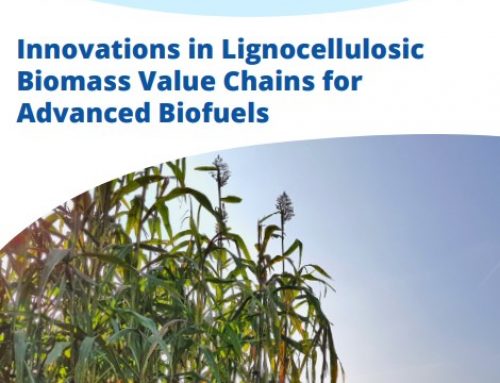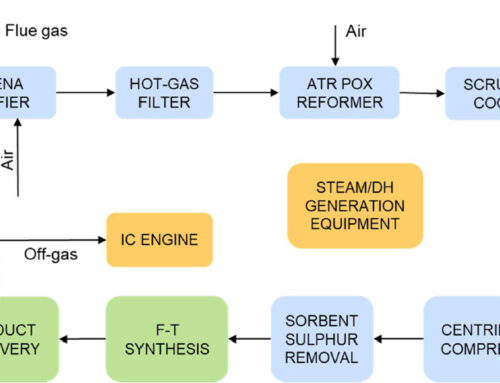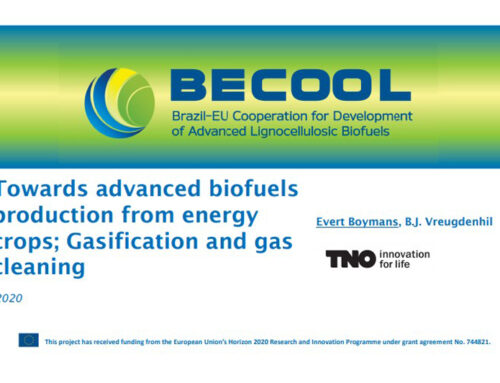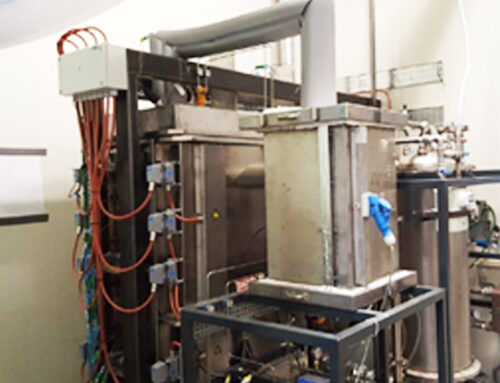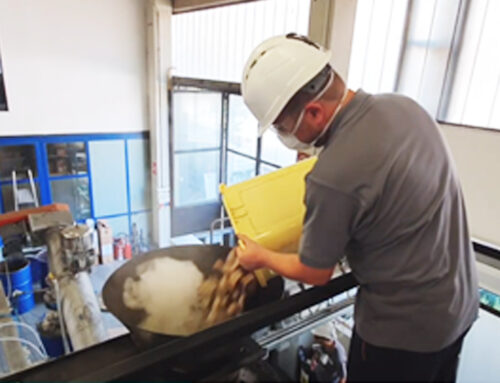Sunn hemp (Crotalaria juncea) is a fast-growing and high-yielding leguminous crop which can be cultivated in Europe under temperate climates, despite its tropical origin. High-growth rate, low-input requirement, high-level adaptation to several types of soil and tolerance to water stress are some of the characteristics which make sunn hemp a potential summer crop in a rotation with traditional food crops.

Tests on sunn hemp field trials at Cadriano Farm, Bologna, in October 2017. Courtesy of ETA-Florence.
Sunn hemp could enhance crop diversification alongside increasing soil fertility. Understanding which type of sowing method is the most suitable one amongst different solutions represents an unavoidable precondition to test the feasibility of sunn hemp in a wheat – sunn hemp cropping sequence. In the summer of 2017 researchers at the University of Bologna Department of Agricultural Science carried out a study comparing three soil management practices: no-tillage (NT), minimum-tillage (MT) and conventional tillage (CT) applied to sunn hemp.
The no-tillage treatment resulted as the best technique in terms of crop yield, showing the highest average biomass production performance, 7 t/ha, compared to 5.3 t/ha for minimum tillage and 5.5 t/ha for conventional tillage.
Even though these results need to be confirmed by further investigations, the no-tillage system seems to offer a better economic performance than the other systems, thanks to the lower costs for soil preparation, with subsequent time savings, as well as better agronomic results. The plants in the no-tillage treatment were straight, less ramified and not lodged, and therefore more fit to mechanical harvesting than the plants in the other treatments.
Therefore, the integration of sunn hemp within conventional crops such as wheat under no-tillage cultivation could be a feasible practice in temperate climates, as this system doesn’t seem to affect the biomass yield negatively, and at the same time, it seems to improve the agronomic harvest characteristics of the canopy without competing for land with conventional crops.
This post is based on the paper Evaluation of Sunn Hemp Productivity After Wheat Under No-Tillage Conditions by A. Parenti, W. Zegada-Lizarazu and A. Monti. The paper was presented at the 26th European Biomass Conference & Exhibition. The full paper is available open access in the official Conference Proceedings.


